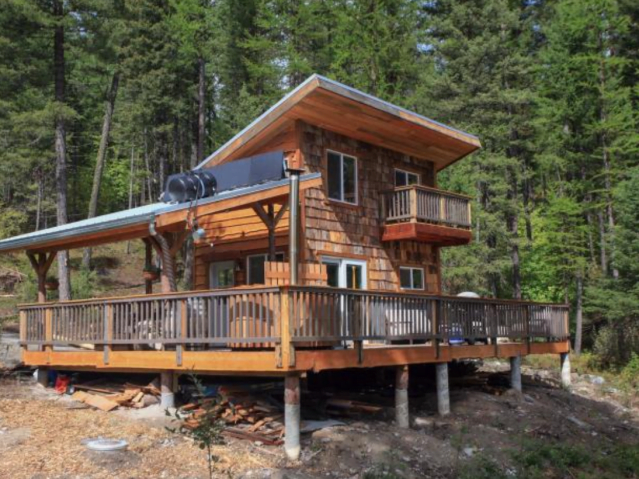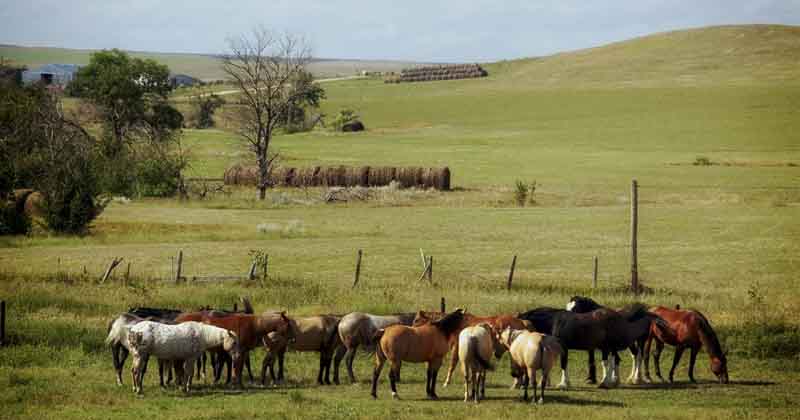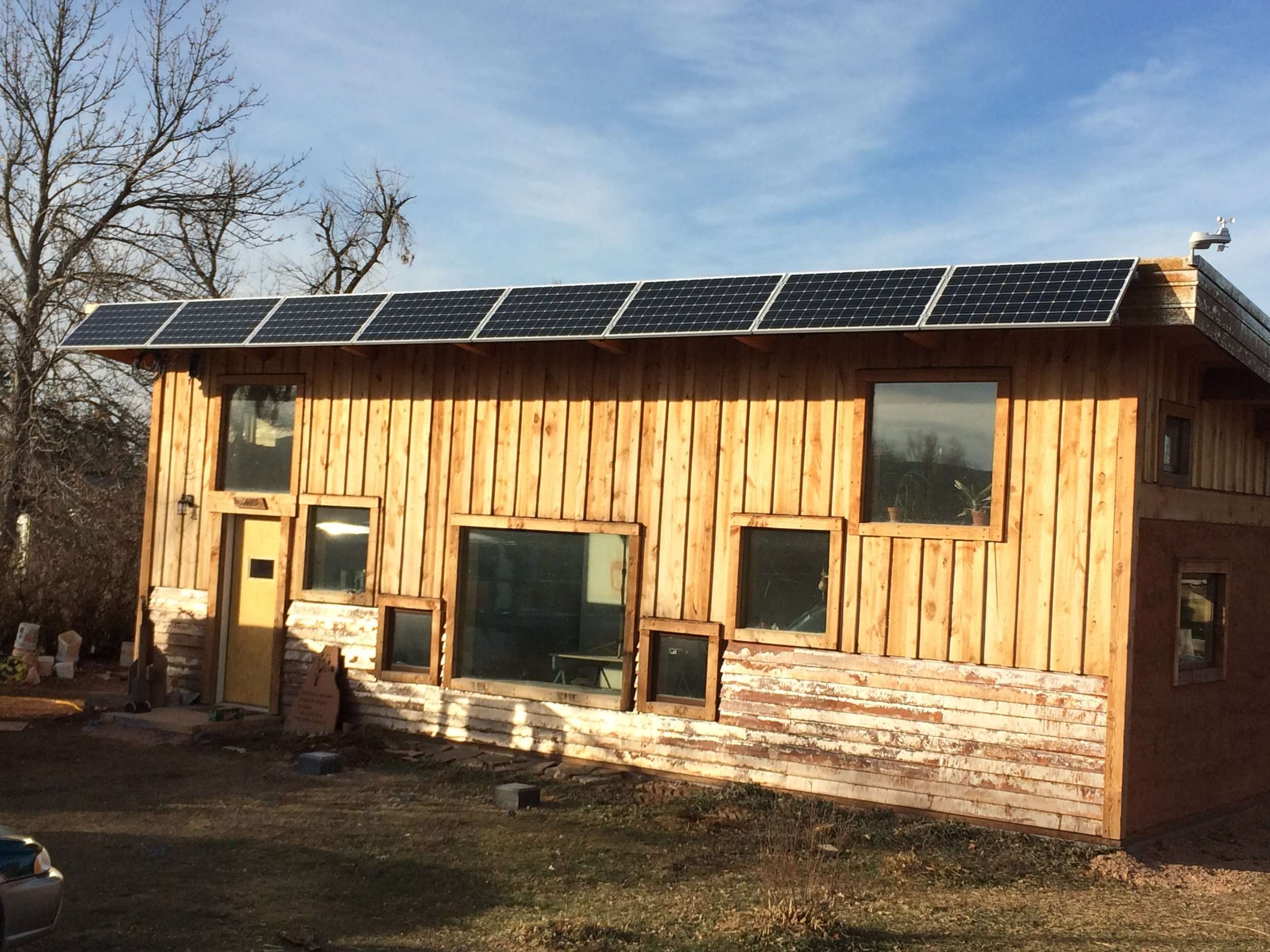If you’ve ever considered living off-grid, South Dakota might just be the perfect place for you. With its beautiful landscape and sparse population, this state offers affordable land and a peaceful rural lifestyle. However, there are a few challenges to consider, such as the harsh winters and the potential limitations on off-grid setups. In this article, we will explore the permissible options for living off-grid in South Dakota, as well as the unique challenges you may encounter. From finding the right heating solution to navigating the availability of freshwater, join us as we delve into the intricacies of off-grid living in the stunning state of South Dakota. Plus, we’ll touch upon the wildlife, the cost of living, and even the likelihood of natural disasters. So, fasten your seatbelts and get ready for a captivating journey into the world of off-grid living in South Dakota.
Challenges of Living off-grid in South Dakota
Connection to municipal sewage and water systems
Living off-grid in South Dakota poses challenges when it comes to connections to municipal sewage and water systems. Since off-grid living involves being self-sufficient and independent from public utilities, it can be difficult to establish these connections. Off-grid residents often rely on alternative sewage systems, such as compost toilets, which may be subject to restrictions and regulations. Additionally, finding a suitable water source and ensuring its safety for consumption can also be a hurdle for off-grid living in South Dakota.
Restrictions on certain off-grid setups
While living off-grid is generally permissible in South Dakota, there may be restrictions on certain off-grid setups. For example, compost toilets, which are a popular choice for sustainable waste management in off-grid homes, may require compliance with specific guidelines and regulations. It is essential for those interested in off-grid living in South Dakota to research and understand any restrictions or limitations that may apply to their chosen setup.
Harsh winters and heating options
One of the significant challenges of living off-grid in South Dakota is the harsh winters. With cold temperatures, heavy snowfall, and strong winds, staying warm becomes a priority. It is recommended to use an EPA certified wood stove for heating purposes, as it ensures efficiency and minimizes the impact on the environment. However, acquiring and properly maintaining a wood stove can require dedication and knowledge, making it a challenge for some off-grid residents.
Short growing season and challenges for crops
The short growing season in South Dakota is another hurdle for those living off-grid. While growing wheat is common in the state, other crops can face difficulties due to the limited time frame and potential for freezing temperatures. Off-grid residents who rely on homegrown produce may need to explore alternative methods, such as utilizing greenhouses or cold frames to extend the growing season. The need for careful planning and knowledge of suitable crops becomes crucial for a successful off-grid farming experience in South Dakota.
Availability of freshwater
Ensuring a reliable and sufficient source of freshwater can vary depending on the location in South Dakota. While the state has overall good water availability, it is important for off-grid residents to assess the specific water sources in their chosen area. Factors such as well drilling, water purification systems, and proper water management become essential considerations. Off-grid living requires careful planning and preparation to maintain a stable and sustainable water supply.
Limited road access in remote areas
While land prices are affordable, especially in remote areas, limited road access can present a challenge. Off-grid residents who choose to settle in these remote areas may find it difficult to transport supplies, access medical facilities, or even commute to work if necessary. Planning for alternative transportation methods and ensuring self-sufficiency in terms of supplies and resources become crucial for a successful off-grid lifestyle in South Dakota’s remote areas.
Natural disasters
South Dakota is not immune to natural disasters such as floods, thunderstorms, tornadoes, and earthquakes. However, the frequency and severity of these events vary by location within the state. Off-grid residents must be prepared for these potential natural disasters and have emergency plans in place. Understanding the risks and taking necessary precautions, such as reinforcing structures and having emergency supplies, is vital for the safety and well-being of those living off-grid in South Dakota.

Permissible Options for Living off-grid in South Dakota
Affordable land prices
One of the advantages of living off-grid in South Dakota is the availability of affordable land prices. With a sparse population, the state offers ample opportunities for those seeking to live off-grid on a budget. This affordability allows individuals and families to acquire larger plots of land, providing ample space for self-sustaining living and the potential for various off-grid activities.
Abundance of wildlife and hunting/fishing options
South Dakota’s abundant wildlife and hunting/fishing options make it an attractive destination for off-grid living enthusiasts. With proper licenses and adherence to regulations, off-grid residents can enjoy hunting and fishing as a means of sustainable food sources. The state’s diverse wildlife population provides opportunities for self-sufficiency and a closer connection to the natural world, a significant draw for those seeking an off-grid lifestyle.
Reliable wind power for off-grid electricity
South Dakota’s climate lends itself well to wind power, making it a reliable option for generating off-grid electricity. The state experiences strong winds, especially in certain regions, which can be harnessed through wind turbines. With proper planning and installation, off-grid residents can benefit from a sustainable and renewable energy source, reducing their reliance on traditional electricity providers.
Crime rate in South Dakota
When considering off-grid living, safety and security are paramount concerns. Fortunately, South Dakota boasts a crime rate below the nationwide average, making it a relatively safe state to live in. This lower crime rate provides added peace of mind for off-grid residents who value a sense of security in their chosen lifestyle.
Living off-grid in South Dakota may present various challenges, from connection to municipal utilities to the harsh winters and limited road access. However, the state also offers many advantages, including affordable land prices, abundant wildlife for hunting and fishing, reliable wind power, and a lower crime rate. By understanding and addressing these challenges while capitalizing on the available options, individuals and families can successfully embrace the off-grid lifestyle in the beautiful state of South Dakota.





